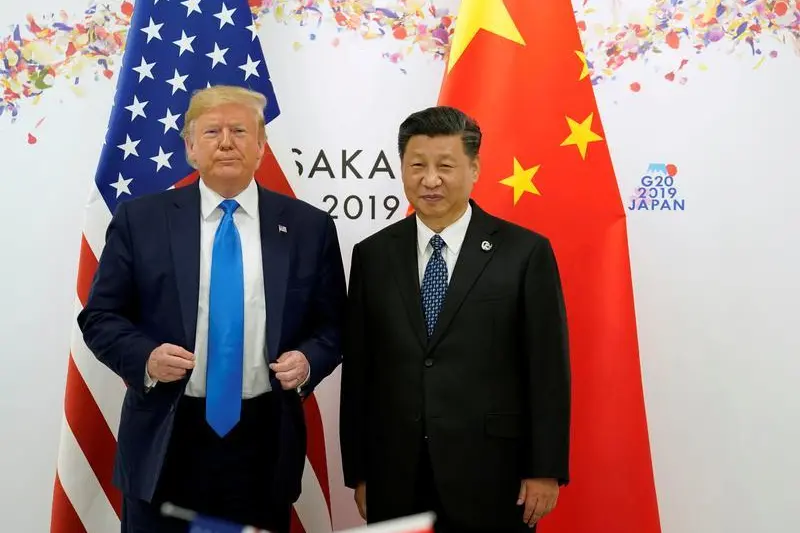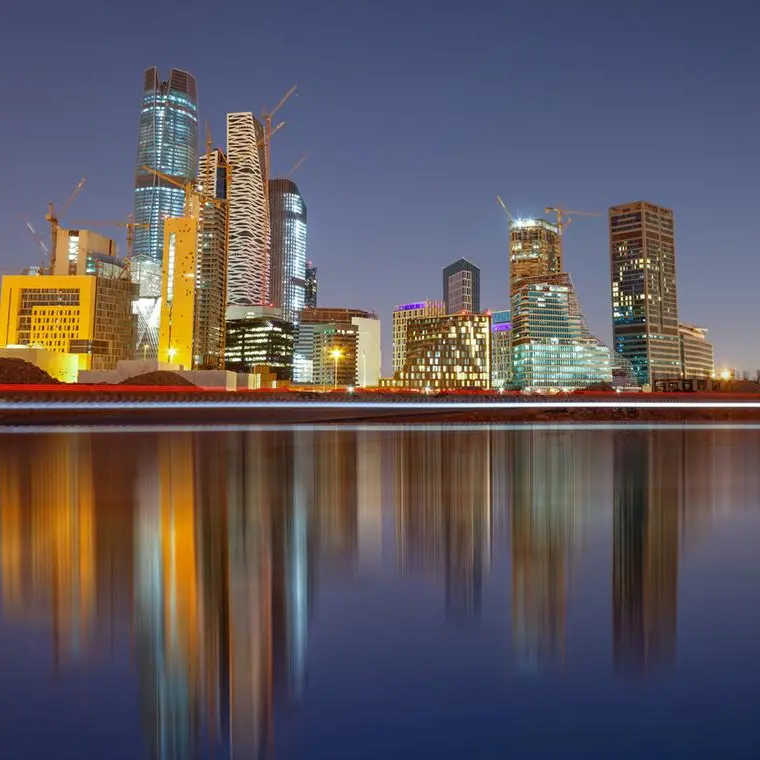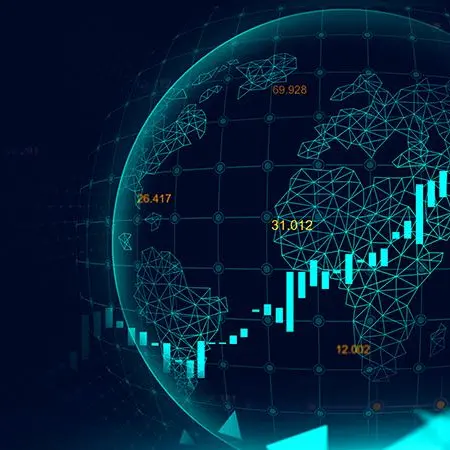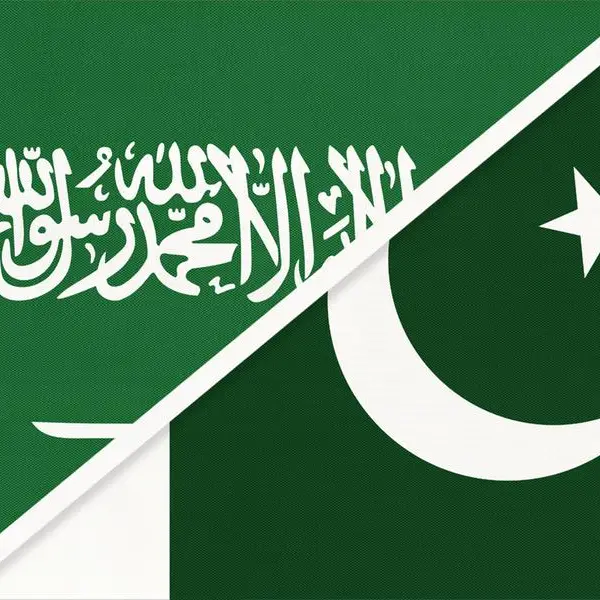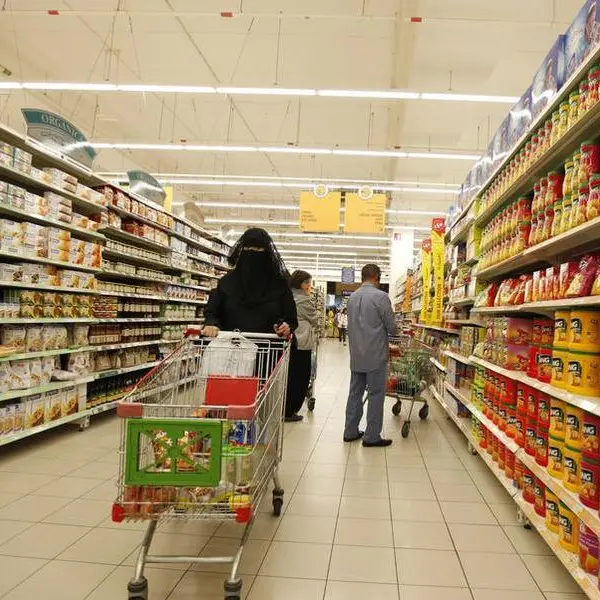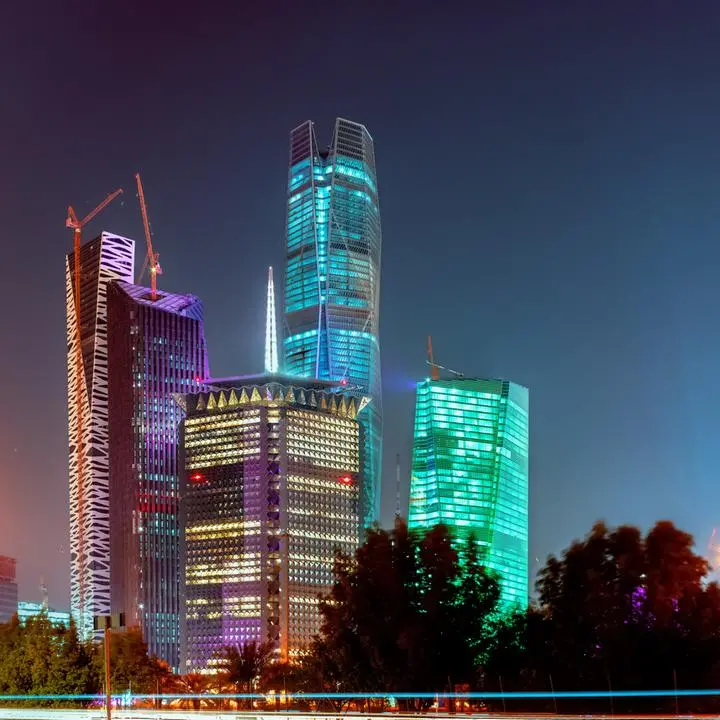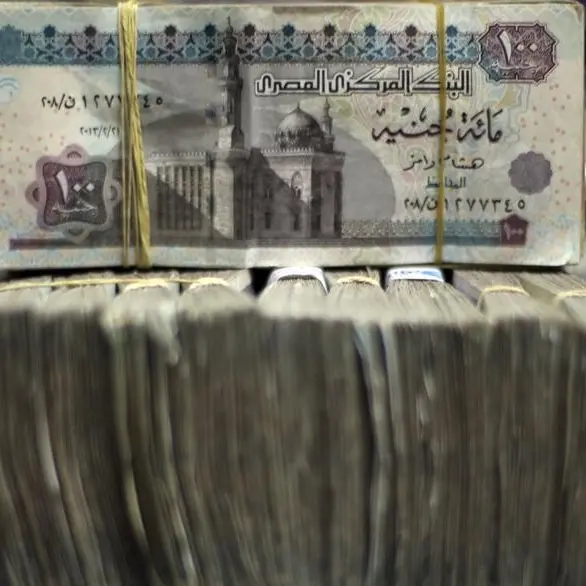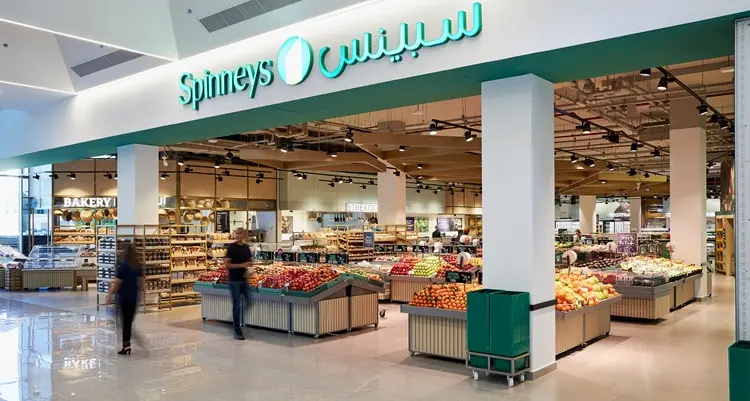PHOTO
DUBAI: The battlegrounds of the US-China trade war range from soya beans to Harley- Davidson motor cycles, with Apple iPhones and aluminium in between. But for the Middle East, it is all about oil. While American President Donald Trump and Chinese counterpart Xi Jinping swap tariff salvos across billions of dollars worth of commodities and manufactured goods, for economic policymakers in the oil-exporting countries of the Arabian Gulf the main concern is what effect the confrontation between Washington and Beijing will have on their most important product — crude oil.
Each barbed tweet from Trump, followed by a tit-for-tat response from Xi’s government, sends another shiver through global financial markets, worries the economists already concerned about slowing growth, and hits the oil market that is at the heart of the Gulf economies.
Artyom Tchen, senior analyst with US consultancy Rystad Energy, summed it up recently when he wrote: “We believe that the United States- China trade war and resulting weak economic growth sentiment is among those factors that balance supply risks and cap oil prices.”
Tchen forecast a decline in demand for oil for the rest of the year, and the International Energy Agency — the oil market’s most authoritative source — agreed with him last month with its own reduced forecast. The IEA expects demand growth to be at 1.1 million barrels per day (bpd) for 2019.
That is down from its estimates last year of 1.5 million bpd, and while 400,000 barrels might not seem much in a global market of over 100 million bpd, it is a bellwether of the global economy and an alarm signal for Gulf producers.
Although nobody is really sure of the exact oil price level Gulf countries need to balance their national budgets — in any case the figure varies widely across the regional economies — most experts agree that it is higher than the current level of just below $60 a barrel.
Much lower than that and the fiscal policymakers have trouble making the sums add up without raiding reserves built up in previous “good” years, or tapping into volatile global capital markets to borrow the difference.
Because of the nature of Gulf economies — still mostly dependent on oil-fueled government spending — any budget pressures get translated directly into reduced economic activity and lower growth rates.
For example, the London-based consultancy Capital Economics recently reduced its estimate for Saudi Arabia’s growth in 2019, denting prospects for a nascent economic recovery some experts had predicted earlier this year.
“The slowdown can be pinned on the oil sector,” said analyst Virag Forizs, noting that oil production had fallen below 10 million bpd in the second quarter of this year, because of lower global demand and the production limits agreed between Russia, Saudi Arabia and other Opec countries, designed to keep the oil price up.
Of course, the worries of Arab budget planners are of little concern to Trump and Xi as they play out the much wider confrontation over global trade that some have labelled a “new Cold War” between East and West. The US-China spat has intensified in the Trump presidency, and is now arguably the most serious threat to global economic well-being.
At its core, the confrontation reflects American resentment at the rising world status of China, which is already the biggest trading country and is challenging the US for the title of biggest economy.
Some time in the next decade, it looks likely that China’s GDP will overtake that of America — if trade wars do not put a sharp halt to the three-decade pattern of economic growth in China.
On a whole range of indicators, such as export figures, air freight traffic and shipping volumes, global trade is slowing down, and while trade is not the only component of economic growth, it was the major factor in the 20-year boom the world experienced until the global financial crisis derailed it in 2009.
This past decade, the world economy has been largely treading water as the globalization tide receded. Authoritative institutions such as the International Monetary Fund have been reducing their estimates of future growth, both for the world and the Middle East.
For the Gulf economies, East- West trade war is another complicating factor in the process some experts have called “Easternisation” — the reorientation on the global economy away from the old powers of Europe and North America towards the fast-growth economies of Asia.
That trend was a positive factor for the Middle East for a number of years. China, India and Japan as well as the “tiger” economies of south east Asia, needed Arab oil to fuel their growth. In particular, the infrastructure spree China embarked on after the financial crisis, which many experts believe was the most important factor in minimizing the post-crisis recession, was fueled by increased oil exports from the Middle East.
Copyright: Arab News © 2019 All rights reserved. Provided by SyndiGate Media Inc. (Syndigate.info).
